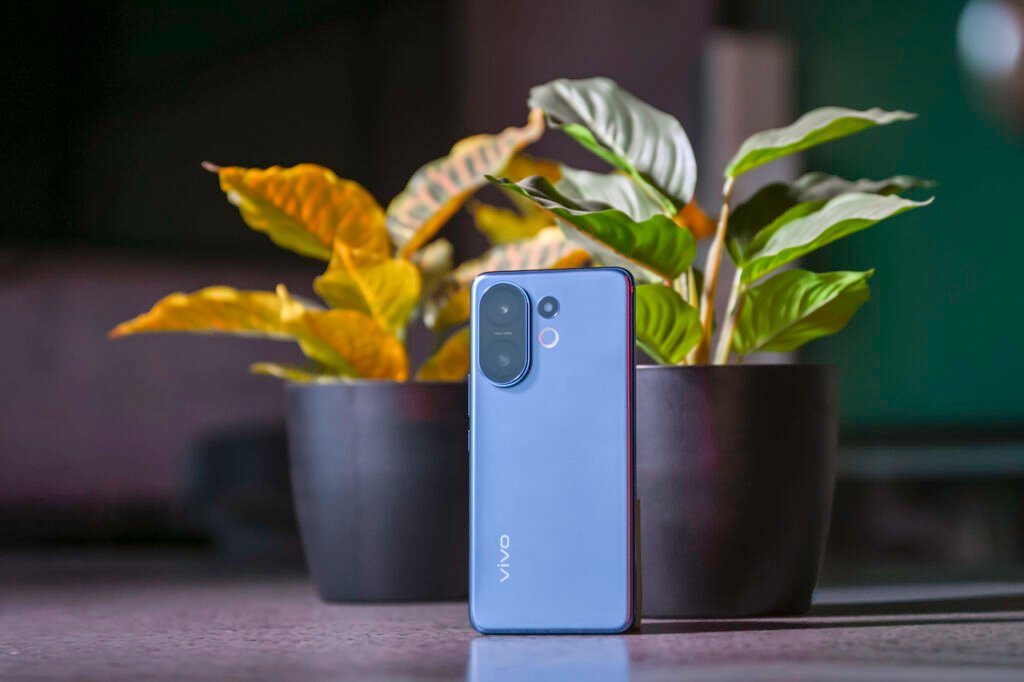The Vivo T4 Pro, launched in August 2025, is a mid-range smartphone that offers flagship features without a hefty price tag. I’ve been using the device for a month, handling all my daily tasks. Is this the perfect smartphone for you? Let’s find out!
Design & Build
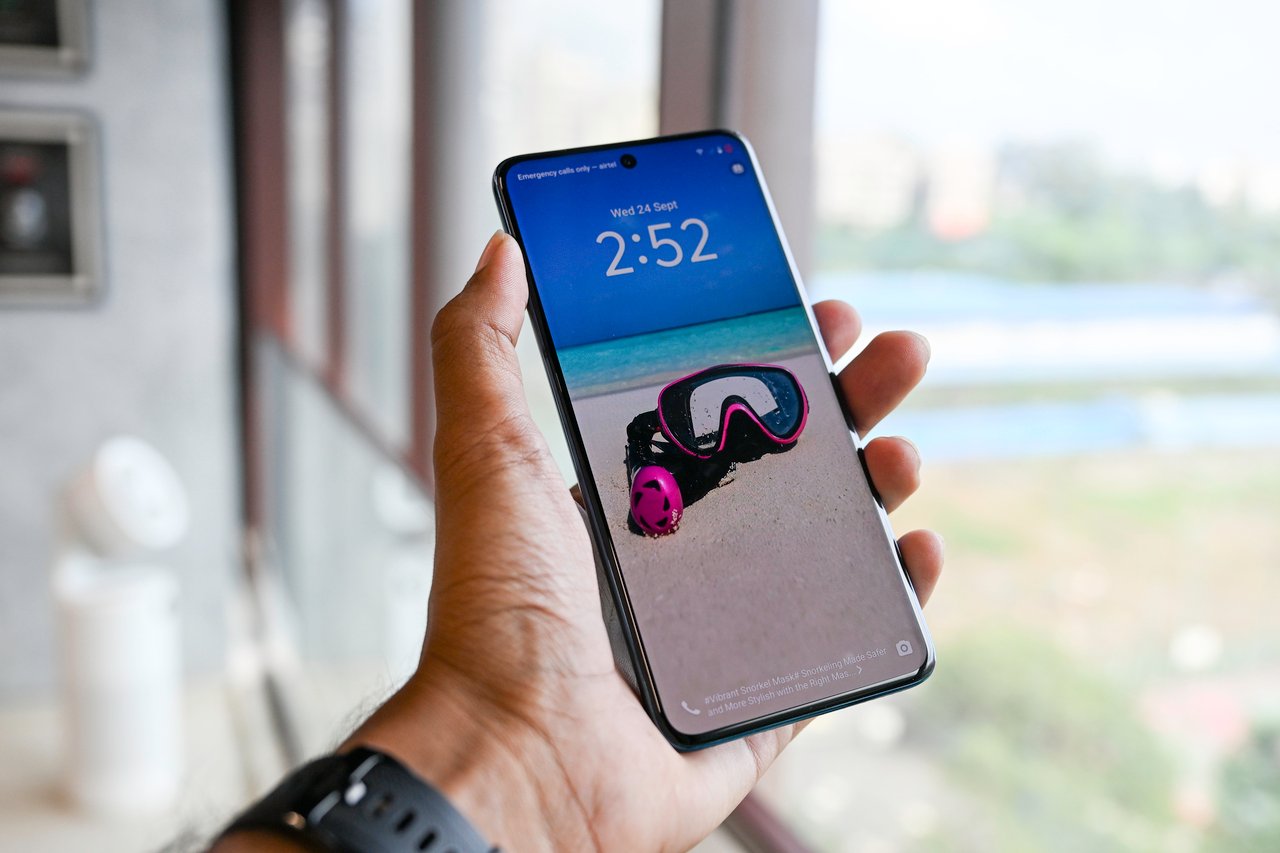
The Vivo T4 Pro boasts a sleek, modern design reminiscent of Vivo’s higher-end V-series models. It comes with a quad-curved 6.77-inch AMOLED display that delivers an immersive, borderless viewing experience. At just 7.53 mm thick and weighing 192 g, it feels premium in the hand, despite its plastic construction. The build quality is generally solid, earning high marks for its IP68 and IP69 ratings for dust and water resistance. This allows the phone to withstand immersion in water up to 1.5 meters for 30 minutes (or even up to 120 minutes, according to Vivo’s claims) and endure high-pressure water jets.
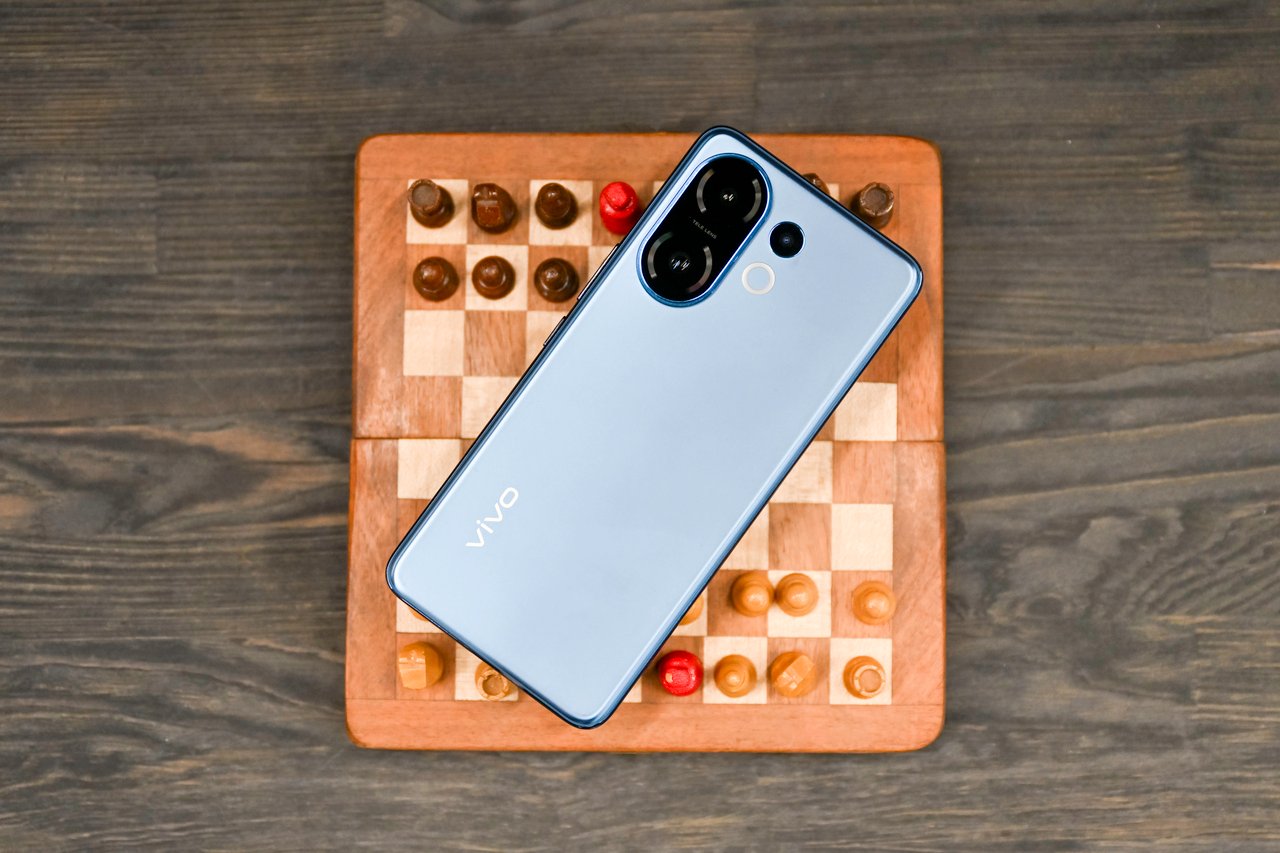
However, the non-metal plastic frame presents a notable drawback. While the plastic build contributes to the slim profile and aids in impact absorption, making it more shatter-resistant than glass-backed phones, the frame’s flexibility can lead to bending or cracking under significant pressure, such as from drops on hard surfaces or accidental squeezes. In comparison, the Poco X7 Pro also uses plastic but feels slightly bulkier at 8.3 mm thick and 198 g. The T4 Pro’s lighter, slimmer form is a plus for comfort, but it does sacrifice some perceived premium quality. The OnePlus Nord 5, with its metallic accents, offers better frame stiffness; however, specific durability tests show that the T4 Pro performs well in water and dust resistance scenarios.
The design is complemented by stereo speakers, an in-display fingerprint scanner, and an IR blaster, but the lack of NFC may disappoint some users.
Performance
The Qualcomm Snapdragon 7 Gen 4 offers solid performance for medium-load tasks, featuring a 27% increase in CPU performance and a 30% improvement in GPU capabilities compared to its predecessor. It shines in everyday activities such as app switching, web browsing, and 4K video playback. The Ultra Large VC Smart Cooling System, which covers an area of 16,470 mm², effectively manages temperatures, reaching a maximum of 45°C during prolonged gaming sessions without significant throttling. For casual gamers, titles like COD Mobile can run smoothly at a stable 90fps. However, when faced with more demanding games, noticeable limitations become apparent, including minor lags during critical moments in BGMI and frame drops in Genshin Impact.
While this chipset performs well in the mid-range market, it is outperformed by the Poco X7 Pro’s Dimensity 8400, which offers higher clock speeds (up to 3.25GHz) for better multitasking and gaming performance. Additionally, the OnePlus Nord 5, which may be equipped with a Snapdragon 7+ Gen 3 or a similar chipset, offers faster performance in benchmarks, making it a more suitable option for power users. The T4 Pro runs on Android 15 with Funtouch OS 15, providing a clean interface with AI features like SuperLink for enhanced connectivity, although some bloatware remains. The UFS 2.2 storage is a bottleneck compared to the faster standards found in competing devices, which has a slight impact on load times.
Camera
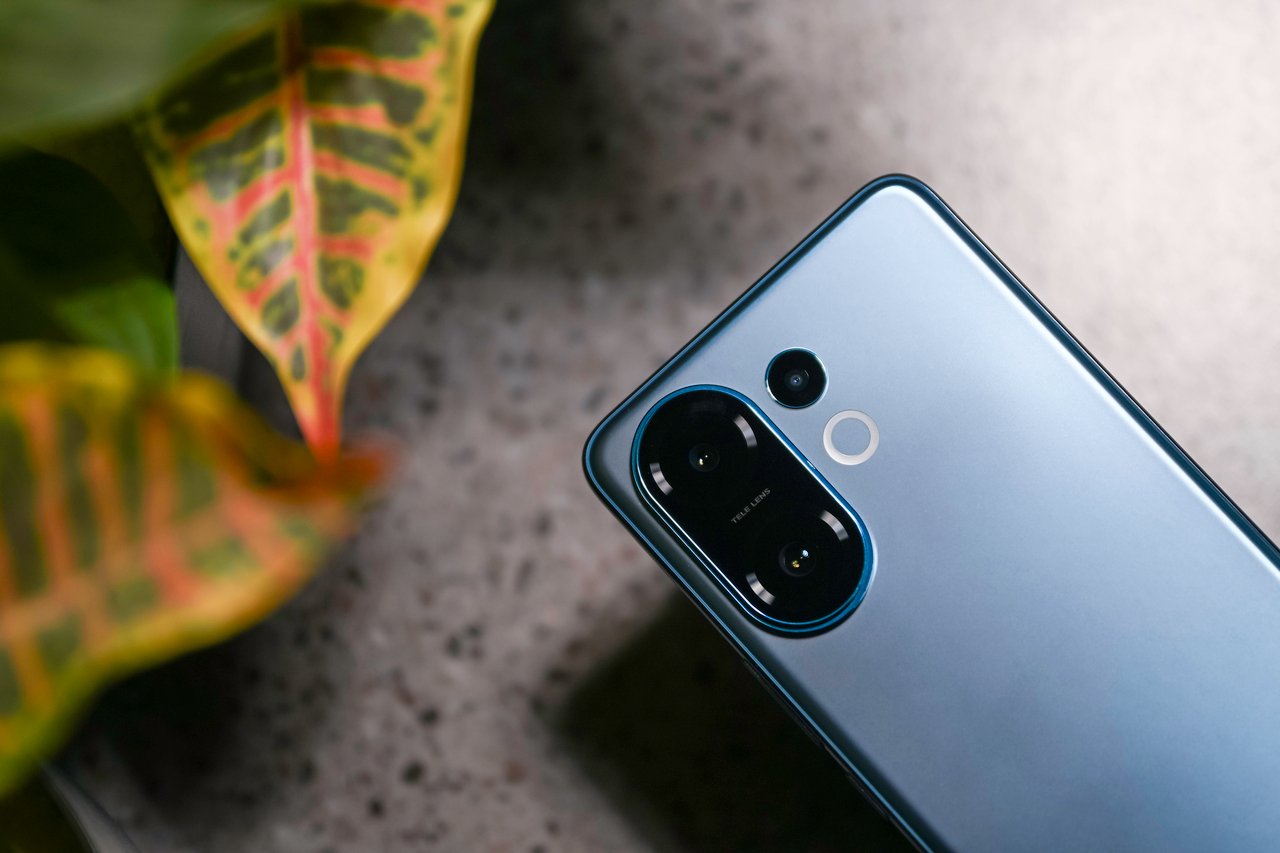
The Vivo T4 Pro boasts an impressive camera system, highlighted by a triple rear setup featuring a 50MP primary sensor. This sensor captures sharp and vibrant daylight shots with excellent HDR handling and natural colour reproduction. A standout feature is the 50MP 3x periscope telephoto lens (f/2.65, OIS), which enables crisp 10x telephoto portraits and up to 100x hyper zoom with minimal distortion. This makes it ideal for capturing distant subjects or creating professional-grade portraits, thanks to its precise edge detection and beautiful bokeh effects. Additionally, a 2MP depth sensor supports portrait shooting, while the 32MP front camera (f/2.45) captures detailed selfies with natural skin tones, even in indoor settings.
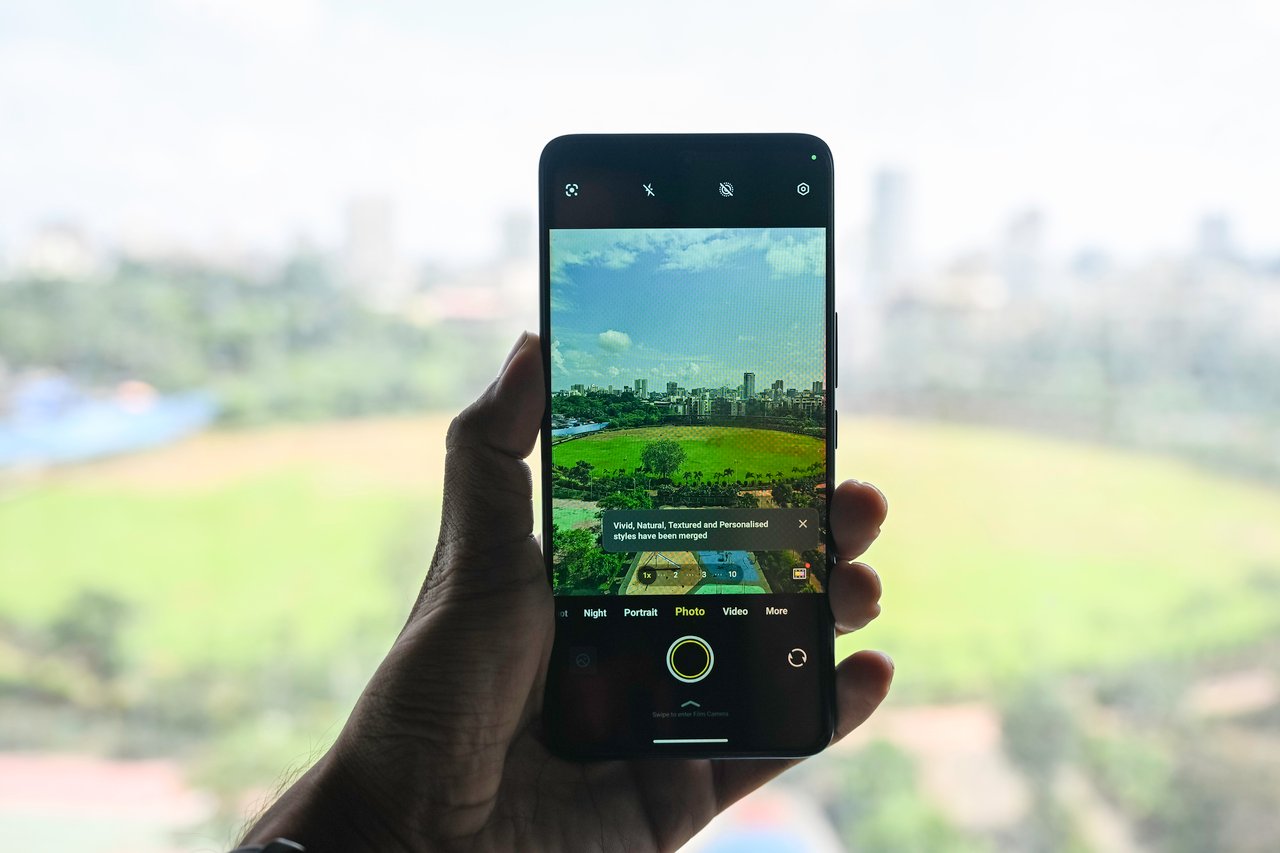
The low-light performance is respectable, with the night mode effectively reducing noise and preserving detail, although it may not match the capabilities of flagship devices. The T4 Pro records videos at 4K 30fps with stabilization and clear audio, enhanced by AI features such as Image Expander and Erase 3.0 for easy editing. When compared to the Poco X7 Pro, which has a 50MP + 8MP camera setup, the T4 Pro’s telephoto lens offers superior zoom and portrait quality, though the Poco does support smoother 4K recording at 60fps. The OnePlus Nord 5, known for its colour accuracy, is a close competitor, but the T4 Pro’s periscope lens provides greater versatility, making it a great choice for photography enthusiasts.
Battery
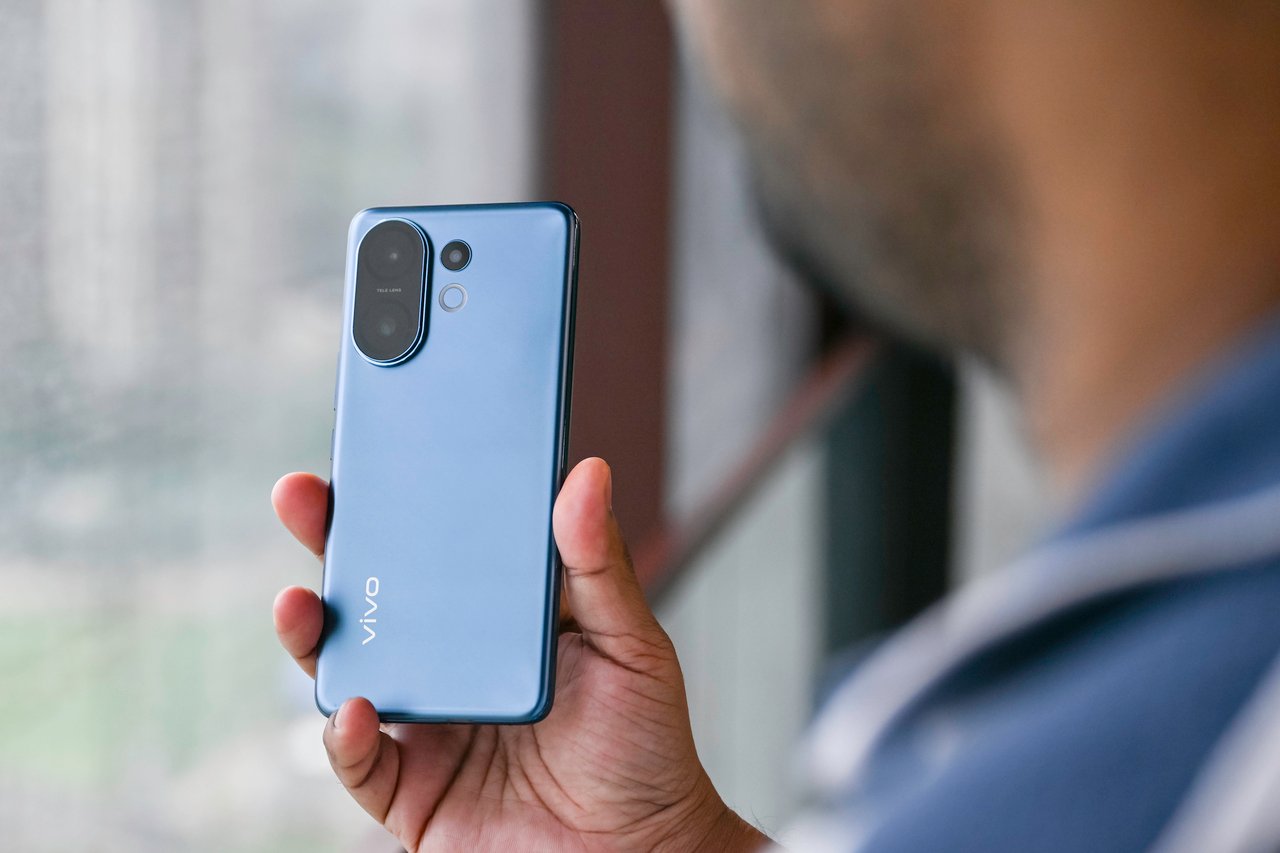
The Vivo T4 Pro stands out for its impressive battery life, powered by a massive 6500mAh silicon-carbon anode cell. It can last up to two days with moderate use, providing 10 to 11 hours of screen-on time for light activities such as streaming and browsing. Even with heavy usage, like gaming and using 5G, it still delivers 6 to 7 hours of power.
The device features 90W FlashCharge technology, enabling it to recharge from 0% to 100% in approximately 50 minutes. Additionally, it supports bypass charging for gaming sessions and offers reverse charging at 7.5W. Remarkably, it retains 80% of its capacity after approximately 1300 charging cycles, equating to around four years of use. This durability outperforms the Poco X7 Pro’s 6000mAh battery, which drains more quickly under heavy load, despite having similar charging speeds.
Verdict
The Vivo T4 Pro is a solid mid-range smartphone that excels in battery life, camera innovation, and display quality. This makes it an excellent choice for users who prioritize photography and all-day reliability over high performance. However, the plastic frame is somewhat vulnerable, which slightly detracts from its otherwise sturdy construction. The Snapdragon 7 Gen 4 processor is adequate for most tasks, but may not satisfy gamers looking for the speed of the Poco X7 Pro or the smoothness of the OnePlus Nord 5. Priced under Rs. 30,000, the Vivo T4 Pro is a smart choice for casual users, especially if battery life and camera quality are your top priorities. However, if you need premium durability or top-tier gaming capabilities, you may want to consider other options.


